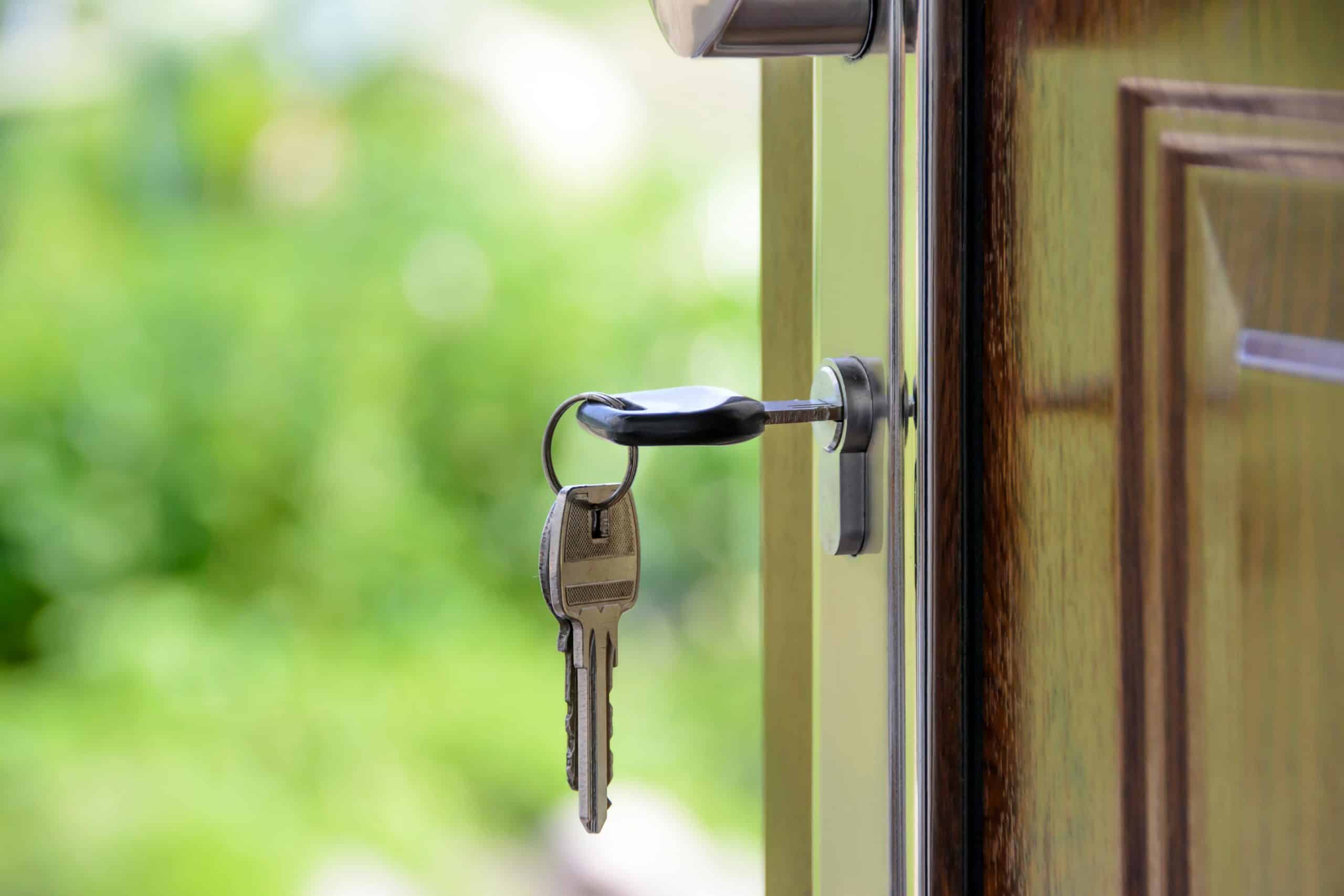As the UK’s senior population continues to grow, the need for age-inclusive housing becomes increasingly apparent. A shortage of suitable homes poses a significant challenge to seniors wishing to live independently and comfortably into their twilight years. But how can we develop homes that are not only accessible and functional, but also promote a high quality of life for our seniors? In this article, we will delve into strategies to design and build age-inclusive housing that caters to the diverse needs of the UK’s senior population.
Recognizing the Diverse Needs of Seniors
Before we delve into the how-to, it’s crucial to understand that the senior population is not a homogenous group. There’s a wide range of abilities, health statuses, and lifestyle preferences among older adults, and their housing needs can vary greatly.
Also to read : What Are the Implications of the UK’s Heat Network Metering Regulations on Real Estate Investments?
To develop truly age-inclusive housing, we need to move away from one-size-fits-all solutions and adopt a more person-centred approach. This means not only considering physical adaptations but also taking into account factors like social connectivity, access to services, and opportunities for active and meaningful engagement in the community.
Adopting Universal Design Principles
One of the key strategies in developing age-inclusive housing is the adoption of universal design principles. These principles aim to create environments that are accessible and comfortable for all people, regardless of age, disability, or other factors.
Topic to read : What Is the Role of Digital Marketing in Luxury Real Estate Sales?
Universal design goes beyond basic accessibility features like ramps and grab bars. It also includes elements like flexible interior layouts that can be easily modified to suit changing needs, smart home technology to support independent living, and design features that promote physical activity and social interaction.
For example, open-plan living spaces can accommodate mobility aids and can be rearranged to suit individual needs. Smart home technology can help seniors manage everyday tasks and stay connected with their loved ones. Courtyards and common areas can encourage social interaction, while walking paths and exercise facilities can support physical health.
Incorporating ‘Ageing in Place’ Concepts
Another important approach to age-inclusive housing is the idea of ‘ageing in place.’ This refers to enabling seniors to continue living in their own homes as they age, through the incorporation of design adaptations, support services, and community infrastructure.
Many seniors prefer to remain in their familiar surroundings rather than move to specialized retirement or care homes. To facilitate ageing in place, homes need to be adaptable to changing physical needs. This could mean installing adjustable kitchen benches or bathrooms that can be fitted with assistive devices as required.
In addition, ageing in place involves creating supportive neighbourhood environments. This could involve ensuring access to amenities and services such as grocery stores, health services, and public transport within walking distance. It also means fostering age-friendly communities that promote social inclusion and participation among seniors.
Encouraging Innovative Housing Models
Alongside adaptations to traditional homes, there’s a need to explore new, innovative housing models that cater to the diverse needs of the senior population.
Shared housing arrangements, for example, can offer seniors the benefits of communal living while still maintaining their own private space. Such arrangements can provide social interaction, mutual support, and shared resources, and can be particularly beneficial for seniors who live alone.
Another innovative model is co-housing, where a group of people choose to live together in a community that they have planned and managed themselves. Co-housing communities often feature private homes with shared facilities like communal kitchens, gardens, and recreation spaces. These communities can offer a balance between independence and community engagement, and can be a viable housing option for seniors.
Promoting Policy and Planning Support
Finally, to make age-inclusive housing a reality, there’s a need for supportive policies and planning frameworks. Governments, planners, and developers must recognize the importance of age-inclusive housing and take action to promote it.
This could involve introducing incentives for the development of age-friendly homes, or integrating age-inclusive principles into planning guidelines. Moreover, there’s a need for collaboration among various stakeholders – including seniors themselves – to ensure that age-inclusive housing meets the actual needs of seniors.
In conclusion, developing age-inclusive housing is not merely about making homes accessible. It’s about creating environments that support the wellbeing and quality of life of our seniors, and enable them to lead active, engaged, and independent lives. With thoughtful design, innovative housing models, and supportive policies, we can create homes and communities that truly cater to the diverse needs of the UK’s growing senior population.
Reinforcing the Role of Technology in Age-Inclusive Housing
A dominant trend in modern housing is the use of technology to amplify comfort, safety and convenience. The same should be applied when it comes to age-inclusive housing. Technology can play a crucial role in ensuring that seniors can stay connected, remain independent, and receive the care they need in the comfort of their homes.
Integrating smart home features can significantly elevate the quality of life for seniors. For instance, voice-activated devices can help with setting reminders for medication, making phone calls, or even controlling lights and temperature. Sensor-based systems can automatically detect unusual activities or falls and immediately alert caregivers or emergency services. Moreover, telehealth services can allow seniors to consult with their healthcare providers without leaving their homes, a feature particularly useful for those with limited mobility.
On top of these, technology can also promote social connectivity among seniors. Digital platforms can enable older adults to engage with their friends, family and the broader community through video calls, online classes or social media. This can not only reduce feelings of isolation but also encourage continued learning and mental stimulation.
However, for technology to be truly beneficial, it is essential to ensure it is user-friendly for seniors. Training and support services may be needed to help seniors navigate these new technologies and feel comfortable using them.
Building Age-Inclusive Communities
Creating age-inclusive housing is not just about the home itself, but the community within which it exists. A thoughtful design of the surrounding community is just as important as the design of the home.
A well-designed age-inclusive community should have easy access to essential amenities such as grocery stores, healthcare facilities, and public transport. These facilities should be accessible on foot or via easy transportation options, reducing the reliance on personal vehicles which some seniors may no longer be able to use.
Furthermore, community spaces that promote social interaction and physical activity should be integrated into the community design. These could include community gardens, parks, walking trails, and activity centres where seniors can engage in fitness classes, hobby groups, and social events.
Additionally, safety within the community is paramount. This could be enhanced through well-lit walking paths, visible signage, and secure public spaces.
Conclusion
As the senior population in the UK continues to grow, the need for age-inclusive housing becomes more pressing. It’s a complex challenge that involves understanding the diverse needs of seniors, adopting universal design principles, incorporating ‘ageing in place’ concepts, encouraging innovative housing models, promoting policy and planning support, reinforcing the role of technology, and building age-inclusive communities.
By addressing all of these aspects, we can create homes and communities that not only accommodate the physical needs of seniors, but also contribute to their overall wellbeing and quality of life. It’s a comprehensive approach that requires collaboration among various stakeholders, including seniors themselves. However, the reward is clear: a society where everyone, regardless of age, can live in comfort, dignity, and with a sense of belonging.






